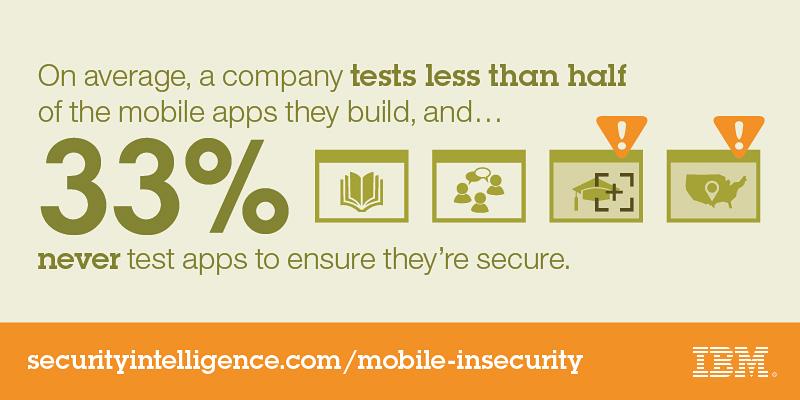RISK MANAGEMENT SERVICES
The risk mitigation needs of financial institutions are as varied as their asset sizes. When formulating a comprehensive strategy, you may want to consider customizable options – like risk management services – that complement your best practice toolset and provide additional insight and controls to assist in managing your fraud and risk management program. Ideally, financial institutions can establish a one-to-one relationship with a member of their processor’s risk analyst staff to assist in managing more complex and damaging fraud cases.
This industry expert can provide advice on remediation strategies, design and implement fraud rules tuned to the unique characteristics of your cardbase, generate specialized reports, gather additional information, provide additional analytic services and supply other assistance to reduce your fraud exposure. This service allows financial institutions to augment their risk management program with highly seasoned and experienced risk analysts.
With risk management services, you receive insight and direction designed to address your institution’s unique credit, debit and prepaid fraud risk exposure. The old adage is especially true here, "one size does not fit all," as it relates to fraud rules and strategies. As fraud evolves, these capabilities have never been more important. When fighting fraud, timing is critical – so a risk management service is designed to help you take swift action.
One obvious area a fraud risk analyst can assist you with involves strengthening card change authentication methods. Although you understandably want to provide your cardholders with flexibility to activate a card or make PIN changes at their convenience, you should first work with an analyst to understand the options and specific information you can use to authenticate cardholders.
Your analyst can recommend the information needed beyond a social security number or date of birth. Understanding your options can help prevent fraud and provide a better and more secure cardholder experience. Once a cardholder is reliably authenticated, you can be assured your cardholders can safely use their cards at ATMs and the point of sale for purchases









.jpg)
